Forage
All Forage Content
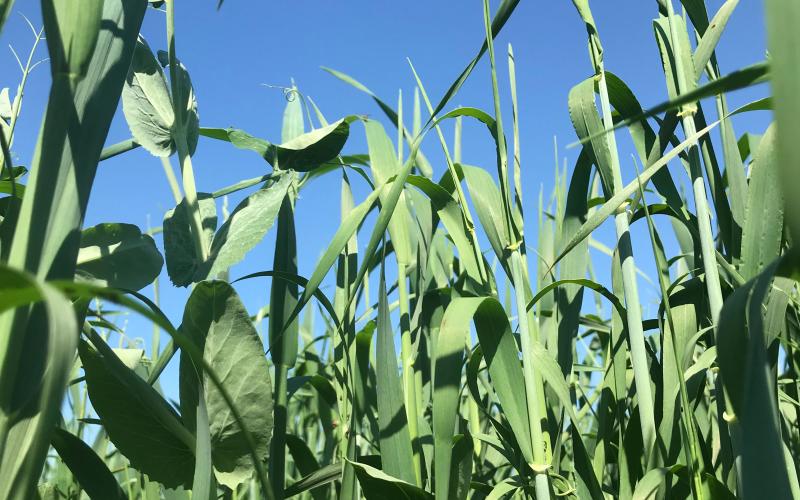
Buying or Selling Oats for a Cover Crop? Be Sure to Follow the Rules
As a challenging 2019 row crop planting season wraps up in South Dakota, many producers are looking to plant cover crops on unplanted acres. One popular cool-season grass cover crop is oats. Most oats in South Dakota are grown as certified varieties, and it is important to be aware of the legal ramifications behind purchasing oat seed for use as a cover crop.
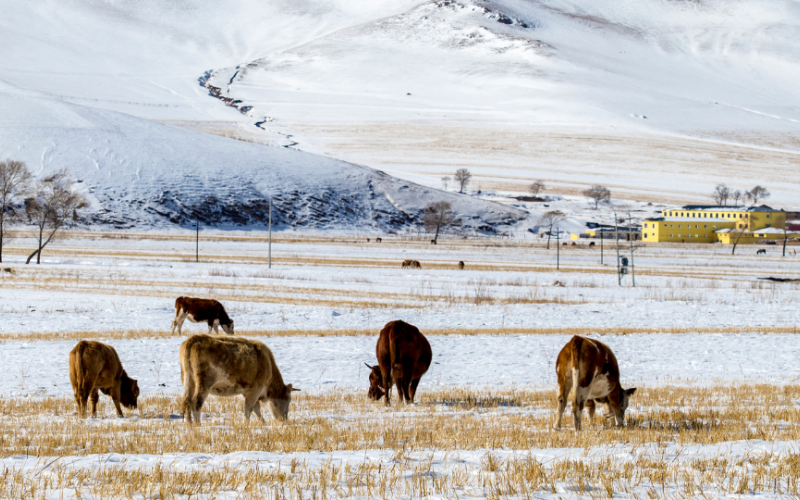
SDSU, NDSU Extension hosting beef cattle feeding programs
January 22, 2024
The SDSU Extension Dakota Alternative Beef Cow Systems Symposium is designed to help farmers and ranchers navigate the rising costs of the pastures and forages used to feed beef cattle. There will be two in-person events and one virtual event via Zoom.

Forage Connection
SDSU Extension and Nebraska Extension collaborate to provide forage grazing, growing and feeding recommendations in this podcast.
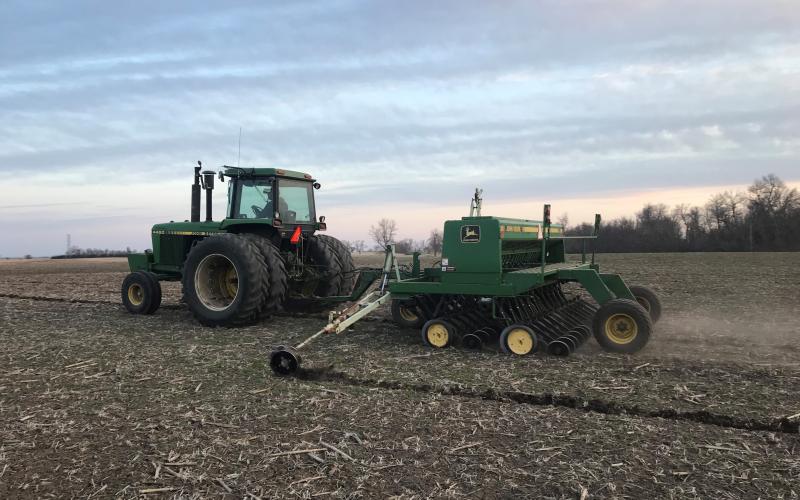
SDSU Extension Crop Hour webinar series starts in January
December 11, 2023
South Dakota State University Extension’s 2024 Crop Hour webinar series will start Jan. 9, with webinars hosted from 10 a.m. to 11 a.m. CST every Tuesday, Wednesday and Thursday for nine weeks.
Northern Plains Forage Association hosting annual meeting in December
November 03, 2023
South Dakota State University Extension encourages producers to attend The Northern Plains Forage Association annual meeting and educational seminars on Dec. 1 in Brandon, South Dakota.

Best Management Practices for Reducing Dry Hay Storage Loss
When hay prices are high, proper storage is financially important. Learn some best management practices to reduce storage loss and ensure an adequate forage supply.
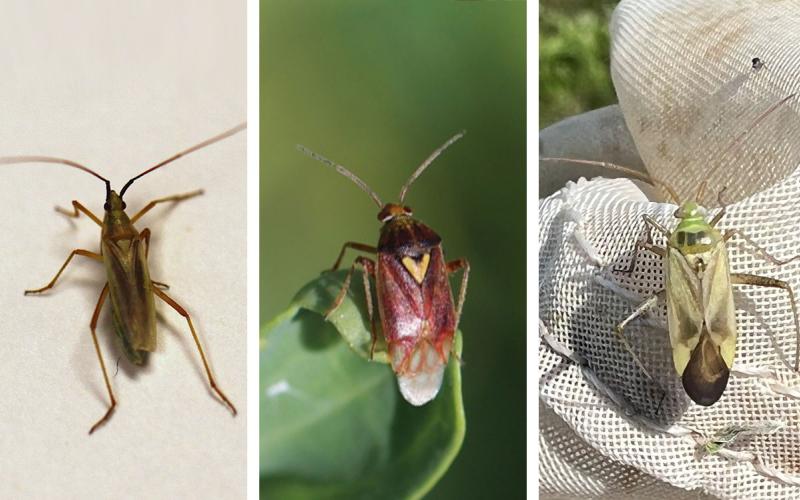
Plant Bugs Active in Alfalfa
Plant bugs are active in alfalfa fields across the state. A common question we receive from producers is why some of these bugs look so different from others.

Grasshopper Activity Is Ramping Up
We have already observed increased grasshopper activity in many areas of the state and, depending on the 2022 season, they may become problematic in crops.
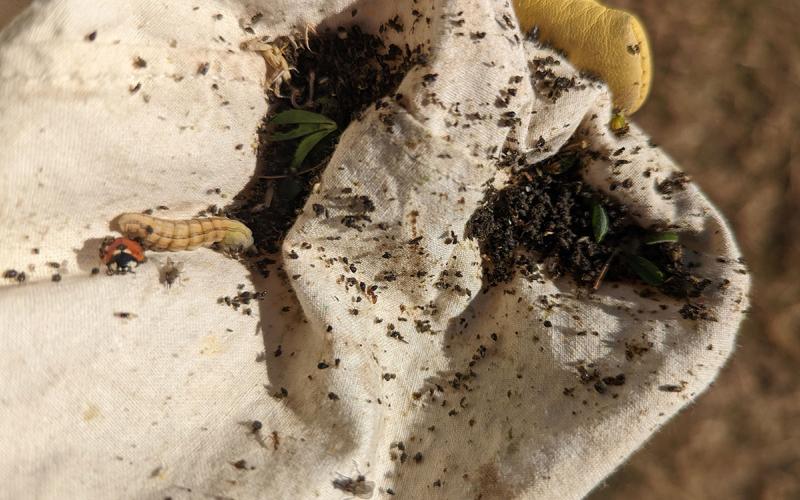
Cowpea Aphid Populations Taking off in Alfalfa
In southeast South Dakota, we are observing large cowpea aphid populations in alfalfa. Large populations can reduce yields, and, if left unmanaged, these infestations even kill the plants.

Blister Beetles Are Active in South Dakota Alfalfa
Blister beetles have been spotted in several alfalfa fields in South Dakota, which means it’s time to start scouting to determine how many are present.